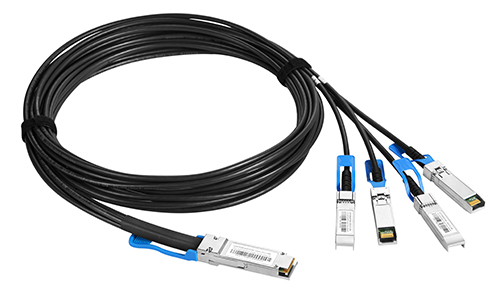What is AOC?
AOC is an active optical cable, which consists of optoelectronic devices (two optical transceivers and cable jumpers). Active optical cables are mainly used in data centers, high-performance computers, large-capacity storage devices and other equipment for high-speed and reliable interconnection and transmission equipment. AOC application is an electrical interface that meets the requirements of industrial standards. It uses the internal electrical-optical-electrical conversion of the optical cable to enable the optical cable to perform efficient and stable data transmission.

What is a DAC?
DAC is a high-speed direct-connect cable, also known as direct-connect copper cable. This type of cable port cannot be replaced, and the module head cannot be separated from the copper cable. Copper cables are the most common direct-attach cables used in data centers to connect servers to storage area networks. Direct-connected copper cables are divided into passive copper cables and active copper cables. Among them, passive copper cables are used more frequently. Because passive copper cables are affordable and have fast transmission rates, they provide the best solution for short-distance transmission. plan. DAC cables are usually used on switches in data center rooms, and both passive and active can be used.

AOC Active Optical Cable
Advantages: ① Higher bandwidth transmission performance, no need for external equipment or upgrade equipment, the network system throughput can reach 40Gbps; ② Lightweight: Compared with ordinary high-speed cables, it is smaller and lighter; ③ Strong ability to shield electromagnetic interference : AOC transmits signals through optical fibers. The optical fiber material is an insulating dielectric and is not easily affected by electromagnetic interference.
Disadvantages: High cost compared to DAC
DAC Active Copper Cable
Advantages: ①High data transmission rate: It can support 4Gbps to 10Gbps data transmission, which is higher than the transmission rate of traditional copper cables; ②Strong interchangeability: High-speed cables and optical fiber transceivers can be interchanged and hot-swappable; ③Cost Low: Copper cables are cheaper than optical fibers in both procurement and wiring costs, which can reduce the cost of use in general; ④Good heat dissipation: DAC cables are composed of copper cores and have good heat dissipation.
Disadvantages: The transmission distance is limited, and the weight and volume are large

